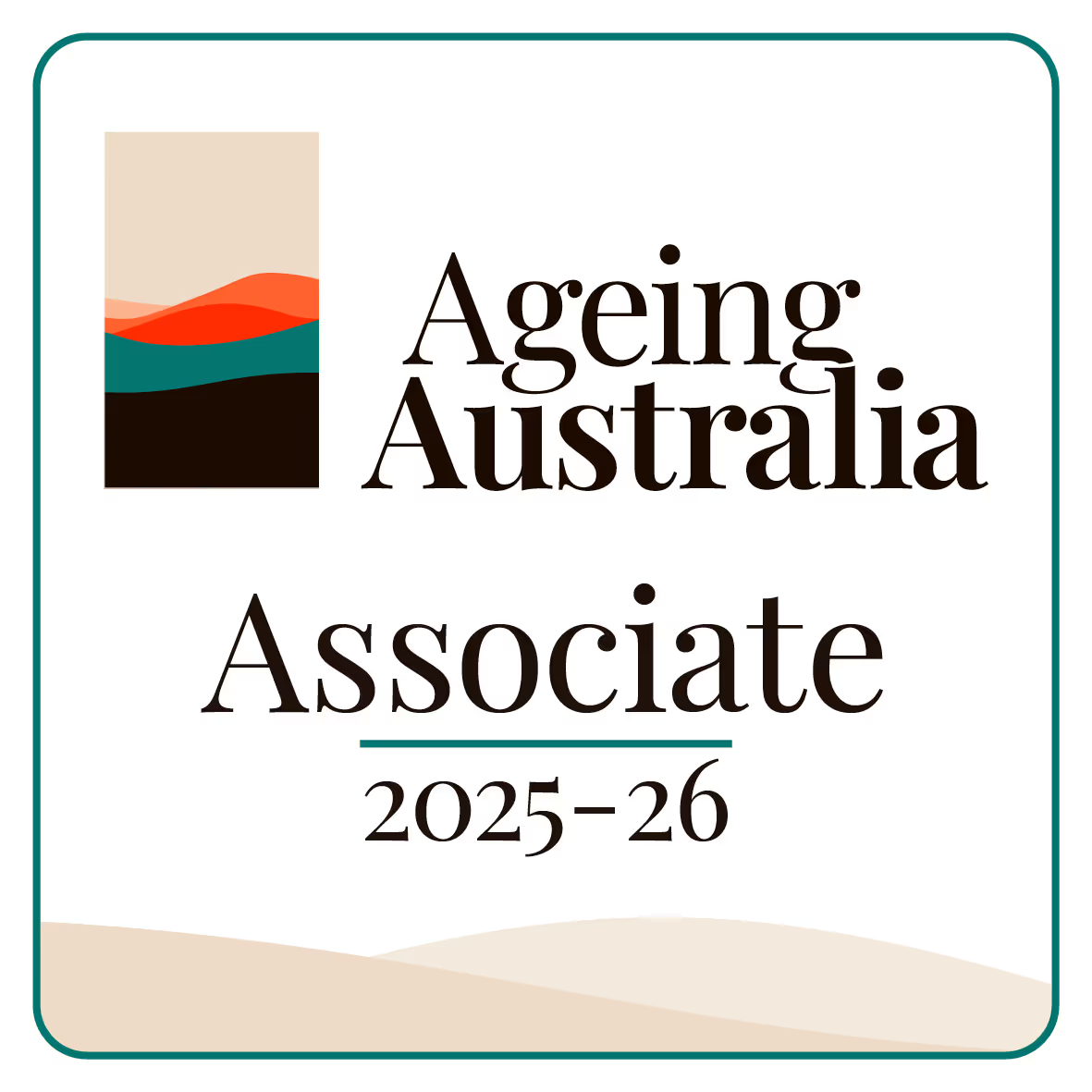Accreditation is an essential part of aged care, ensuring that facilities meet the necessary standards to provide quality care. However, the journey to successful accreditation is not always smooth sailing. Medical staff, healthcare providers, and nurses often face a range of accreditation challenges that can complicate the process. But, with the right approach, these hurdles are not insurmountable.
This blog will walk you through some of the most common issues you may encounter during the accreditation process and offer practical tips on how to overcome them.
Understanding Accreditation Challenges in Aged Care
Accreditation challenges are obstacles that facilities must tackle to meet the standards required for certification. These challenges can vary from audit challenges to more complex non-compliance issues that might arise during inspections. The road to compliance is often full of bumps, but the right strategies can make all the difference.
1. Audit Challenges
One of the most common challenges during the accreditation process is audit challenges. These audits are designed to assess whether your facility is meeting the required standards, and they can feel like a high-pressure situation. Many healthcare providers find audits to be stressful, as they involve scrutinizing records, staff procedures, and resident care.
To manage audit challenges effectively, it is important to keep documentation up to date and ensure that all care practices are aligned with the current standards. This means regularly reviewing policies and training staff on new procedures. If audits reveal discrepancies or gaps in documentation, you will need to address these issues immediately to avoid delays or setbacks in the accreditation process.
2. Non-Compliance Issues
Non-compliance issues can arise in many areas of aged care. These issues might involve things like insufficient training for staff, inadequate safety measures, or even failing to meet hygiene standards. Non-compliance not only affects your chances of gaining accreditation but can also have a significant impact on the quality of care provided to your residents.
To address non-compliance issues, it is important to conduct regular internal audits and checks. Creating a system for tracking compliance can help you spot potential problems before they become major issues. Ensuring that all staff members are well-trained and up to date with regulations is another key step in preventing non-compliance.
3. Aged Care Risks
Aged care facilities face unique aged care risks that can complicate the accreditation process. These risks can include issues such as medication errors, resident safety concerns, or staff shortages. Since aged care providers are responsible for the health and well-being of vulnerable individuals, these risks need to be managed carefully.
Reducing aged care risks starts with a strong risk management plan. This includes identifying potential risks, implementing strategies to minimize them, and continuously monitoring the environment for new risks that may arise. Regular training and staff engagement are also crucial in maintaining a safe and compliant environment.
.png)
Practical Solutions to Overcome Accreditation Challenges
While the challenges mentioned above can seem daunting, there are several practical steps you can take to overcome them and improve your chances of success during the accreditation process.
1. Develop a Clear Compliance Plan
A clear compliance plan is your roadmap to ensuring that your facility meets accreditation standards. This plan should cover everything from training staff to maintaining documentation. Regularly review and update the plan to stay ahead of any potential compliance issues. A good plan will help you stay organized and ensure that nothing falls through the cracks.
2. Continuous Training for Staff
One of the most effective ways to prevent issues with compliance and risk management is by investing in continuous training for staff. This is particularly important in aged care, where regulations and best practices are constantly evolving. Ensure that all staff members, from medical staff to support personnel, are well-versed in the current standards and procedures.
Training can include everything from emergency protocols to the proper handling of medication. Regular workshops, online courses, and refresher programs can help your team stay up to date with the latest information.
3. Regular Internal Audits
As mentioned earlier, audit challenges are a significant part of the accreditation process. To prepare for audits, consider implementing regular internal audits. These audits should cover all areas of your facility, from resident care to administrative records.
By performing internal audits, you can identify areas of non-compliance before an official audit. This gives you time to address any issues and ensure that your facility is fully prepared when the time for accreditation comes.
4. Document Everything
Documentation is one of the most important aspects of the accreditation process. Auditors will look closely at your records to ensure that your facility is following the correct procedures. Proper documentation helps demonstrate your compliance with the standards and can save you from unnecessary stress during audits.
Make sure that you maintain detailed records of everything from staff training to resident care plans. This will not only help with the accreditation process but will also make it easier to track progress and identify any areas for improvement.
5. Build a Strong Team Culture
Accreditation is not something that can be achieved by one person alone. It requires a team effort from everyone in the facility. By building a strong team culture, you can ensure that everyone is on the same page when it comes to meeting standards and providing quality care.
Encourage open communication among staff, create opportunities for collaboration, and foster a sense of responsibility for the facility's success. When everyone is working together towards a common goal, the accreditation process becomes much smoother.
.png)
The Importance of Staying Ahead of Accreditation Changes
Accreditation standards are not static—they are always evolving. To stay on top of changes and avoid potential non-compliance issues, it is important to stay informed about any updates to accreditation requirements. This can include attending industry conferences, reading relevant publications, and participating in professional networks.
By staying proactive and regularly reviewing your practices, you can ensure that your facility is always ready for an audit and consistently meeting the necessary standards.
Conclusion
Accreditation challenges in aged care may seem overwhelming at times, but with a proactive approach, they are manageable. From audit challenges to non-compliance issues and aged care risks, the key to success is staying organized, prepared, and committed to continuous improvement.
By developing a clear compliance plan, investing in staff training, and conducting regular internal audits, you can significantly improve your chances of overcoming these challenges and securing accreditation. After all, accreditation is not just about meeting standards—it is about providing the best possible care for your residents.
Stay focused, stay informed, and most importantly, keep the well-being of your residents at the heart of everything you do.










